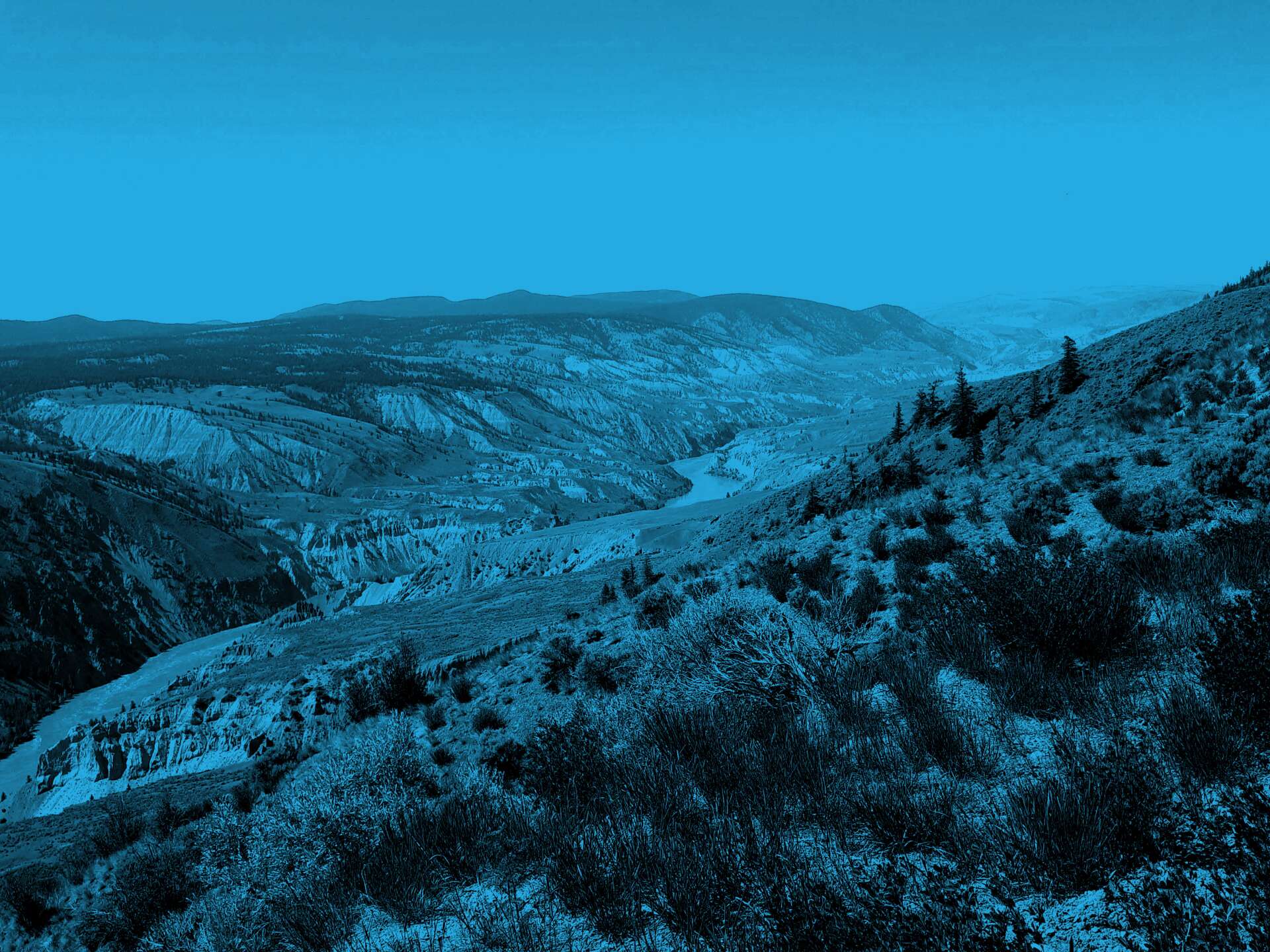This is the third, and last, part of my review of the development of the duty to consult at the Supreme Court of Canada in 2017. In Part 1 I outlined the Court’s principles underlying the delegation of the duty to administrative tribunals. In Part 2 I considered accommodation. Below, I conclude this series by considering the current state of the law on the issues of existing infringements, environmental assessments and remedy.
Existing Infringements
The question of whether the duty to consult and accommodate applies to existing infringements and cumulative effects has been at the centre of many lower court decisions over the last ten years. Governments and companies usually take the view that the duty is limited to new impacts arising from a new decision, while First Nations consistently argue that it is illogical and dishonourable to ignore the wider context.
In Chippewas the Supreme Court reiterated and clarified a simple point it first made in Rio Tinto but has since been often lost or misunderstood. While existing infringements on their own do not trigger the duty to consult, once the duty is triggered by new potential impacts, the scope of the ensuing consultation and accommodation may be informed by cumulative effects and the historical context (Chippewas 41-42). On this issue the Court cited with approval Chief Justice Finch’s reasons in West Moberly First Nations v. British Columbia (Chief Inspector of Mines), 2011 BCCA 247.
By reiterating its reasoning from Rio Tinto and endorsing the approach taken in West Moberly, hopefully the Court has put an end to the simplistic argument that the duty to consult is blind to existing infringements and cumulative effects.
Environmental Assessments
A source of continuing frustration for First Nations has been governments’ persistent conflation of duty-to-consult processes with environmental assessments. While governments are free to rely on existing procedures and processes, including environmental assessments, as part of their efforts to fulfill the duty to consult, this should not change the focus and purpose of the engagement. In Clyde River the Court criticized the National Energy Board for mistakenly focusing its inquiry on whether the project would cause significant environmental effects. The Court confirmed what First Nations have been saying for years: when the duty to consult is triggered a consideration of environmental effects alone will not do—the Crown must assess potential impacts on Aboriginal and treaty rights (Clyde River 45). A standard environmental assessment alone is unlikely to fulfill the duty to consult.
Remedy
Charles Dickens’ Oliver Twist famously pleaded for more gruel. All too often First Nations have found themselves in similar circumstances with the duty to consult. Having expended their limited resources and, against the odds, succeeded in convincing a judge that government failed to live-up to its constitutional obligations, their ‘win’ too often means another serving of the thin gruel of the duty to consult that left them dissatisfied in the first place.
From a legal perspective, the problem is one of remedy—what action should the courts take when governments fail to fulfill the duty to consult? Beginning with its 2014 decisions in Grassy Narrows and Tsilhqot’in, the Supreme Court has moved decisively to clarify the law on remedy. A decision that affects Aboriginal and treaty rights and does not comply with the duty to consult should be quashed. Moreover, litigation is not an opportunity for further consultation and, when a government is found to have failed to consult and accommodate, it does not simply get a do-over—there are no mulligans (Clyde River 24, 29 and Peel River 61).
The importance of the Court’s clear direction on this issue should not be lost on governments and proponents. It is no longer acceptable for governments and companies to take a minimalist approach to the duty to consult on the assumption that a First Nation is unlikely to challenge them in court and, even if a court does find against them, they will get a second chance to make it right. They now face the real possibility of a cancelled authorization and all the loss and uncertainty that would result.
Summing Up
There were major advancements in duty to consult law in 2017. The Supreme Court’s confirmation that the permissible degree of delegation of the duty is limited by the decision-maker’s ability to accommodate is important for all decision-makers to be aware of, not just administrative tribunals. Equally important is the Court’s endorsement of parallel, direct engagement processes with the Crown, something that First Nations have been demanding for years.
Meaningful accommodation continues to be the thorn in the side of the duty to consult. While the Court in 2017 took an important step forward by confirming that governments don’t simply get a do-over and that authorizations should be quashed when they fail to properly consult and accommodate, its emphasis on the ‘reasonableness’ of First Nations’ demands may ultimately be seen as two steps back.
Looking ahead, the Supreme Court recently heard the Courtoreille appeal, a case which raises the question of whether the duty to consult extends to the making of laws in Canada. The Court’s decision on this issue has the potential to have a far-reaching effect on the development and application of duty to consult and accommodate.
Bruce McIvor, lawyer and historian, is principal of First Peoples Law Corporation. He is also an Adjunct Professor at the University of British Columbia’s Allard School of Law where he teaches the constitutional law of Aboriginal and Treaty rights. Bruce is a proud Métis from the Red River in Manitoba. He holds a Ph.D. in Aboriginal and environmental history and is a Fulbright Scholar. A member of the bar in British Columbia and Ontario, Bruce is recognized nationally and internationally as a leading practitioner of Aboriginal law in Canada.
Follow Bruce on LinkedIn and Twitter
For more First Peoples Law analysis, visit our blog
Sign up for our Aboriginal Law Report
